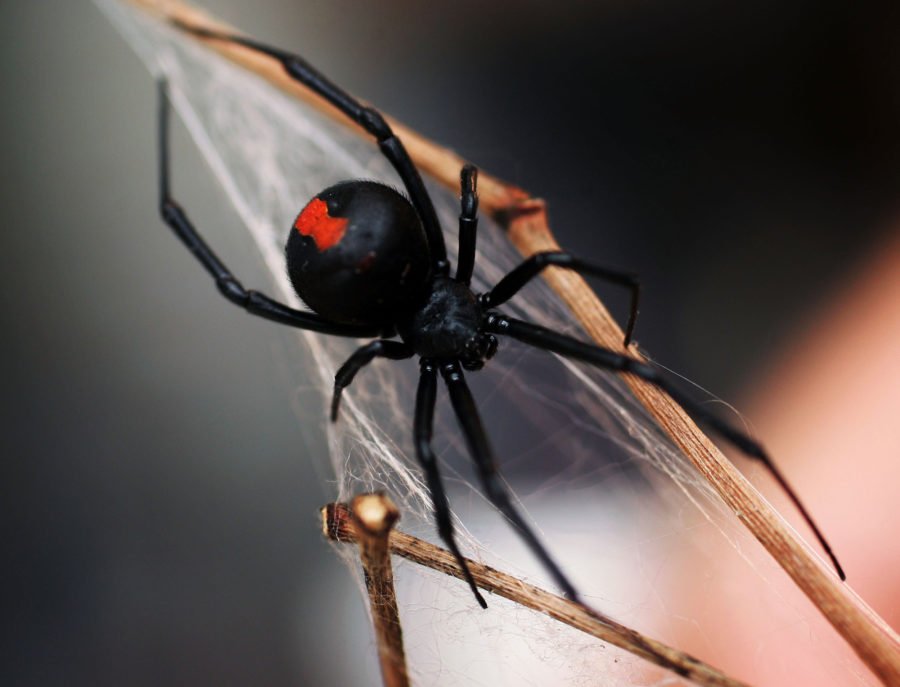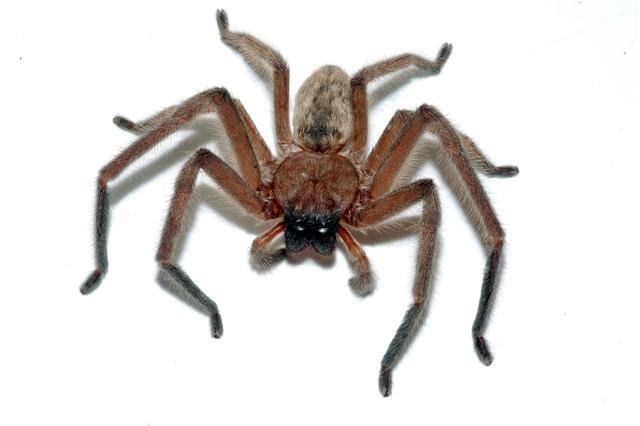World’s deadliest spider: the funnel-web
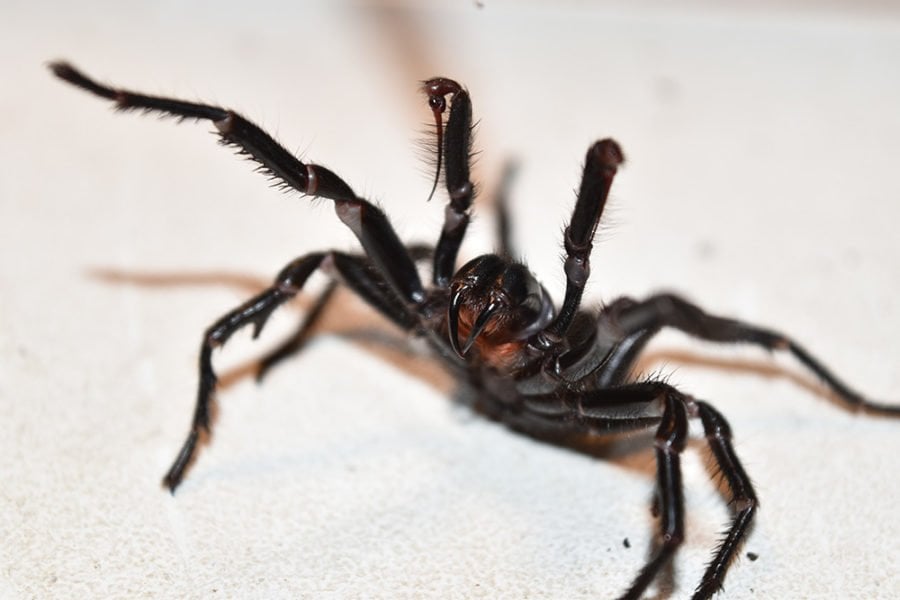
From sharks and box jellyfish in the sea to snakes and spiders on land, Australia has a reputation for being filled with animals ready to kill you.
One land-dwelling animal that has the history to back up those claims is the funnel-web spider – with venom that can kill a human in just 15 minutes.
But other than warnings to wear gloves while gardening and to check your shoes before putting them on, how much do we actually know about these deadly arachnids?
Spotting a funnel-web
There are 35 species of funnel web, a number of which are found along Australia’s eastern coast, from New South Wales to Queensland – however, only one holds the title of world’s deadliest spider.
The Sydney funnel-web (Atrax robustus) is generally found in both suburbia and bushland in an area bound by Newcastle to the north and Illawarra to the south.
They are relatively large spiders – one male affectionately named ‘Big Boy’ by the Australian Reptile Park reached 10cm stretched out – and have large, rearward-facing fangs capable of piercing through fingernails.
They are aggressive spiders that are black in colour, the front of their bodies shiny and hairless and their abdomens black or dark plum in colour.
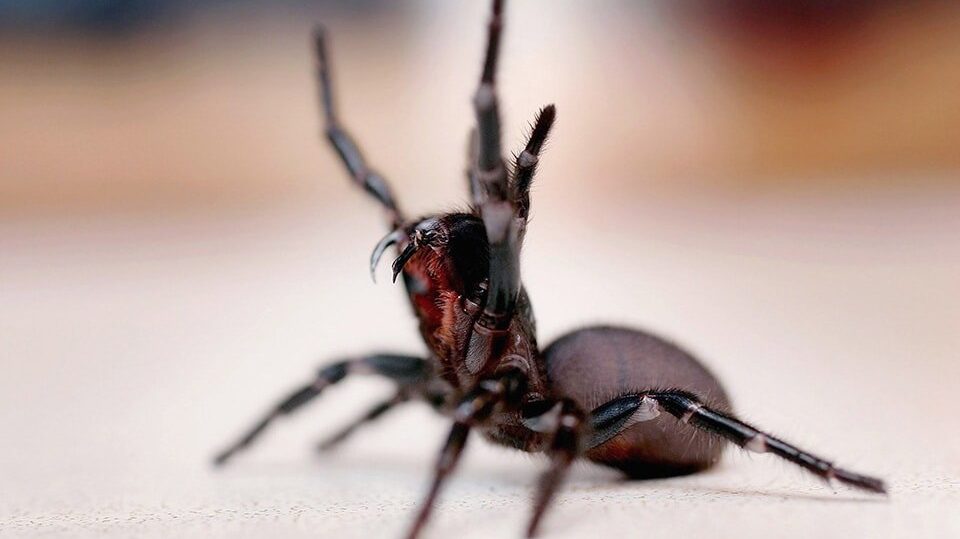
Wistful wanderers
Females are generally sedentary, remaining within burrows, their entrances framed by the species’ characteristic ‘funnel’ webbing, often positioned beneath rocks or logs in suburban gardens and bushland.
Males are more active, especially after summer rain, when they begin to wander looking for females, and this is when people generally come into contact with them.
Nocturnal in nature and extremely sensitive to sunlight, males wander at night time, however if unsuccessful in their quest for a mate, Ranger Mick from the Australian Reptile Park says they will look for anywhere sheltered to wait the day out, and that’s when they end up in people’s shoes or houses.
“They’re not ambushing you, they’re not attacking you, it’s just an attractive option for shelter,” Mick says.
However with this tendency to enter suburbia, Mick says people need to be vigilant, wearing gloves while gardening, checking shoes before putting them on and not walking around barefoot.
Minutes to live
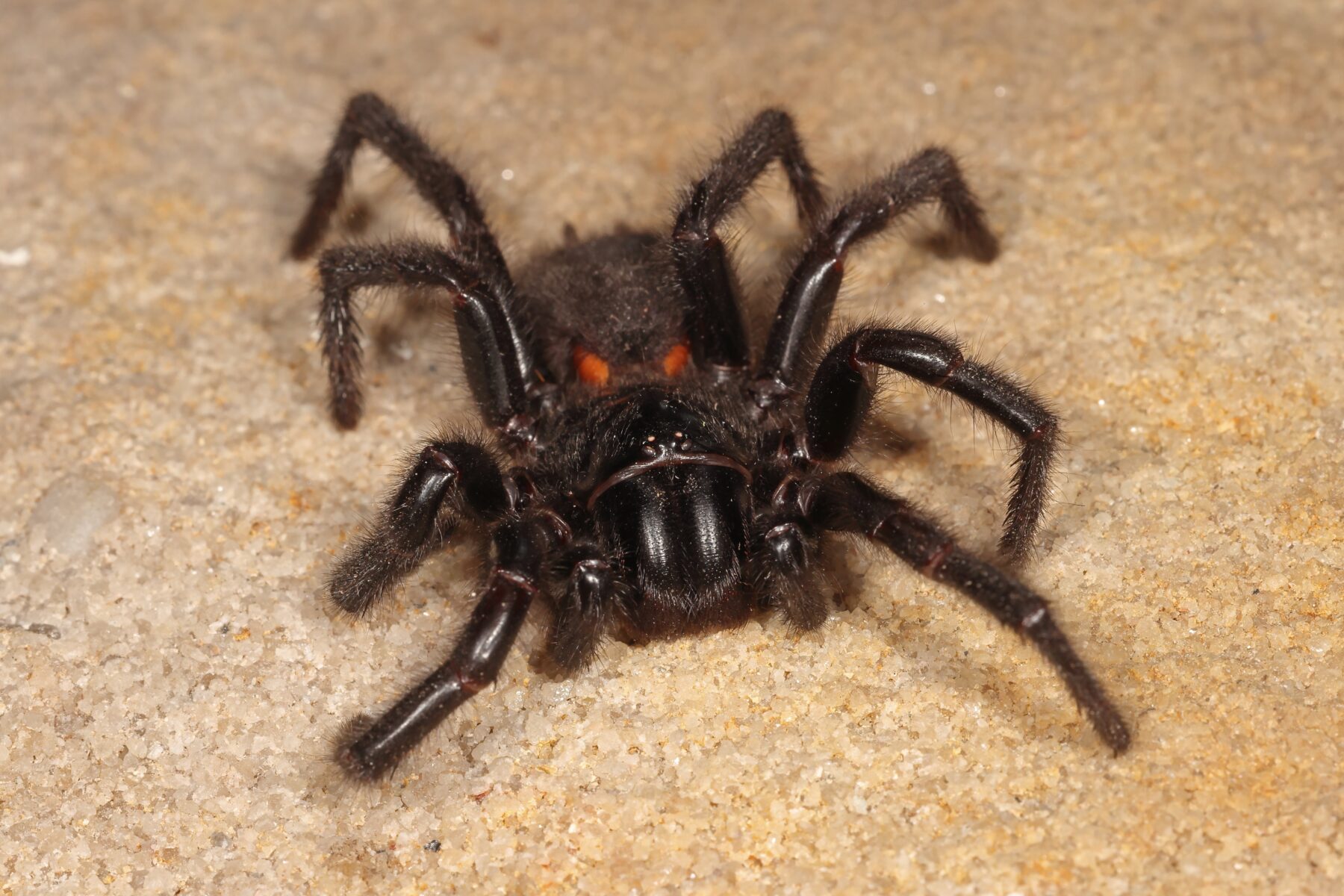
Dr Robert Raven, curator of arachnids at Queensland Museum, says the atraxotoxin protein contained within funnel web venom is responsible for its severe effects on the nervous system – shorting out the synapses in the nerves and halting the relaxation cycle.
This causes constant firing of the nerves – or fibrillation – resulting in a number of symptoms including rapid heart rate, increased blood pressure, breathing difficulty and numbness around the mouth.
“People know within minutes that they’re going to die or are in deep deep trouble – death has occurred with funnel webs in 15 minutes,” Robert says.
“The most dangerous place to get bitten is the torso because no tourniquet can be put on it.”
Robert says the burly arachnid is not only deadly due to its venoms’ contents, but also the species’ proximity to humans.
“We talk about the most venomous snakes in Australia – the most venomous snake in Australia is the Central Australian Taipan where the human population is low, but the most dangerous snake is actually the East Australian Taipan, as it has higher levels of human interaction,” Robert explains.
“So in the same way, the big thing is that the biggest population of funnel webs is in Sydney and that’s where the biggest population of people is – so you’re getting this double hit.”
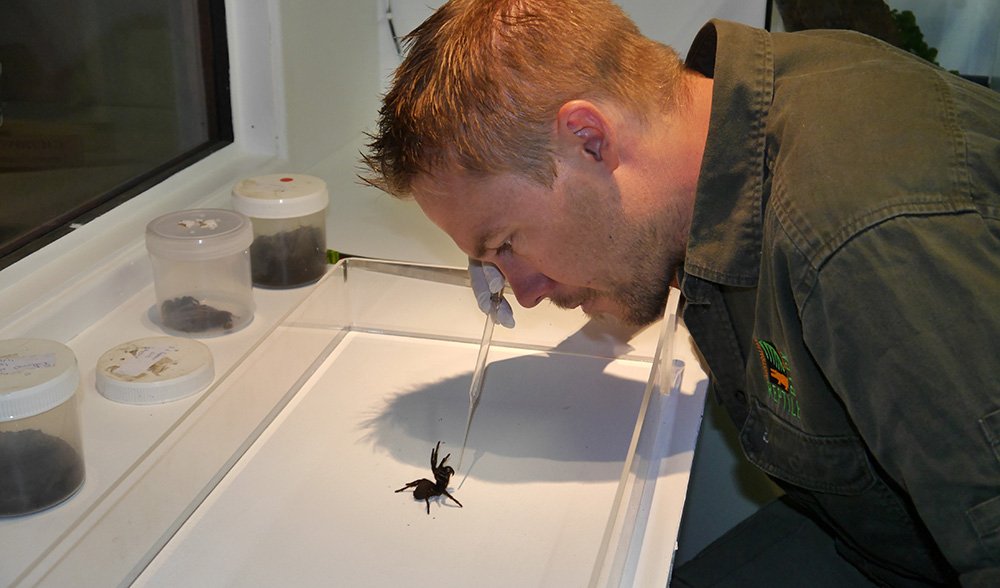
Never intended to be man-killers
With their diet consisting of a number of small invertebrates – primarily millipedes – it begs the question, why have these arachnids developed a toxin strong enough to kill a perfectly healthy human within the hour?
“It’s an evolutionary accident,” Robert explains.
“The venom is highly effective on two groups – invertebrates and primates,” Mick says, adding, “it’s just absolute bad luck in the genetics – funnel webs didn’t evolve to attack humans.”
However, the venom has polar opposite effects on the two groups, paralysing invertebrates, while causing fibrillation (constant firing) in primates.
It also means the beloved pets are safe from its wrath.
“Animals such as cats and dogs can survive a funnel web bite quite easily, their body neutralises the toxin in about half an hour,” Robert explains.
And birds are no exception. “We say if you’ve got lots of funnel webs get chickens – they’ll gobble them up quite happily,” Mick says.
Life-saving antivenom
After a total of 13 recorded fatalities and years of research, an antivenom for the Sydney funnel web was finally developed in 1981. “And we haven’t had a fatality since,” Mick says.
The Australian Reptile Park plays a vital role in the production of the antivenom, with five staff dedicated to the country’s only funnel web venom-milking program.
Producing droplets of venom 1/500th the size of a water droplet, it takes about 70 milkings to produce one dose of antivenom, and requires a large collection of spiders to be sustainable.
While females can live to 20, males only live up to four years old – and can only be sexed at two – giving keepers a brief window of opportunity for milking, and resulting in a short-lived collection that needs to be regularly replaced.
“We like to have 500 males, and right now we have 180,” Mick says.
Every year, the park encourages Sydneysiders to catch any funnel webs they encounter and drop them to one of 11 designated drop-off points, and Mick says it makes all the difference.
“The person who’s having their life saved today, that’s the result of a spider being donated about a year before,” Mick says.
“The program is really about public service and saving people’s lives.”
“Honest to God if it stops, we’re back to 1975 – instantly.”
